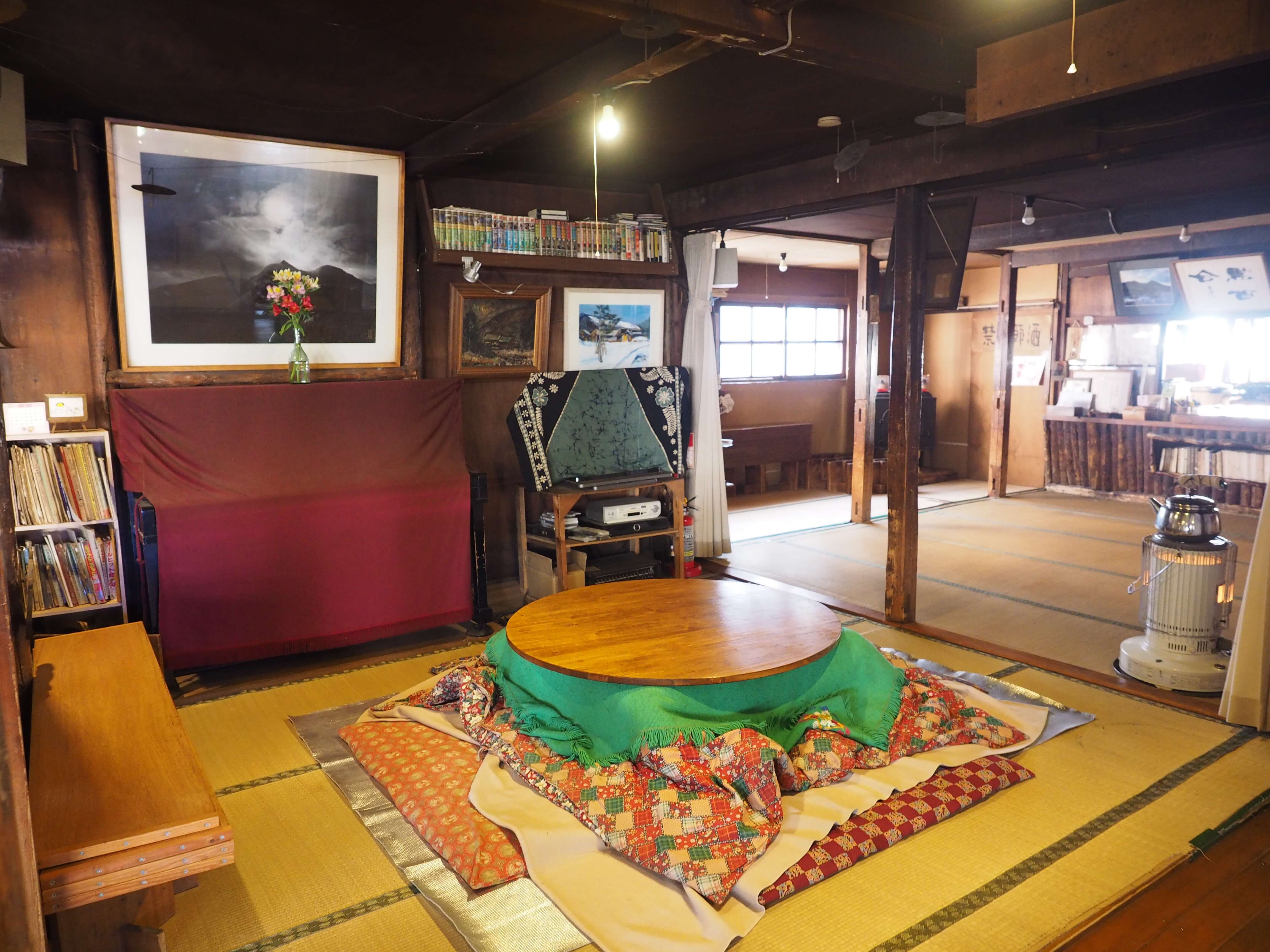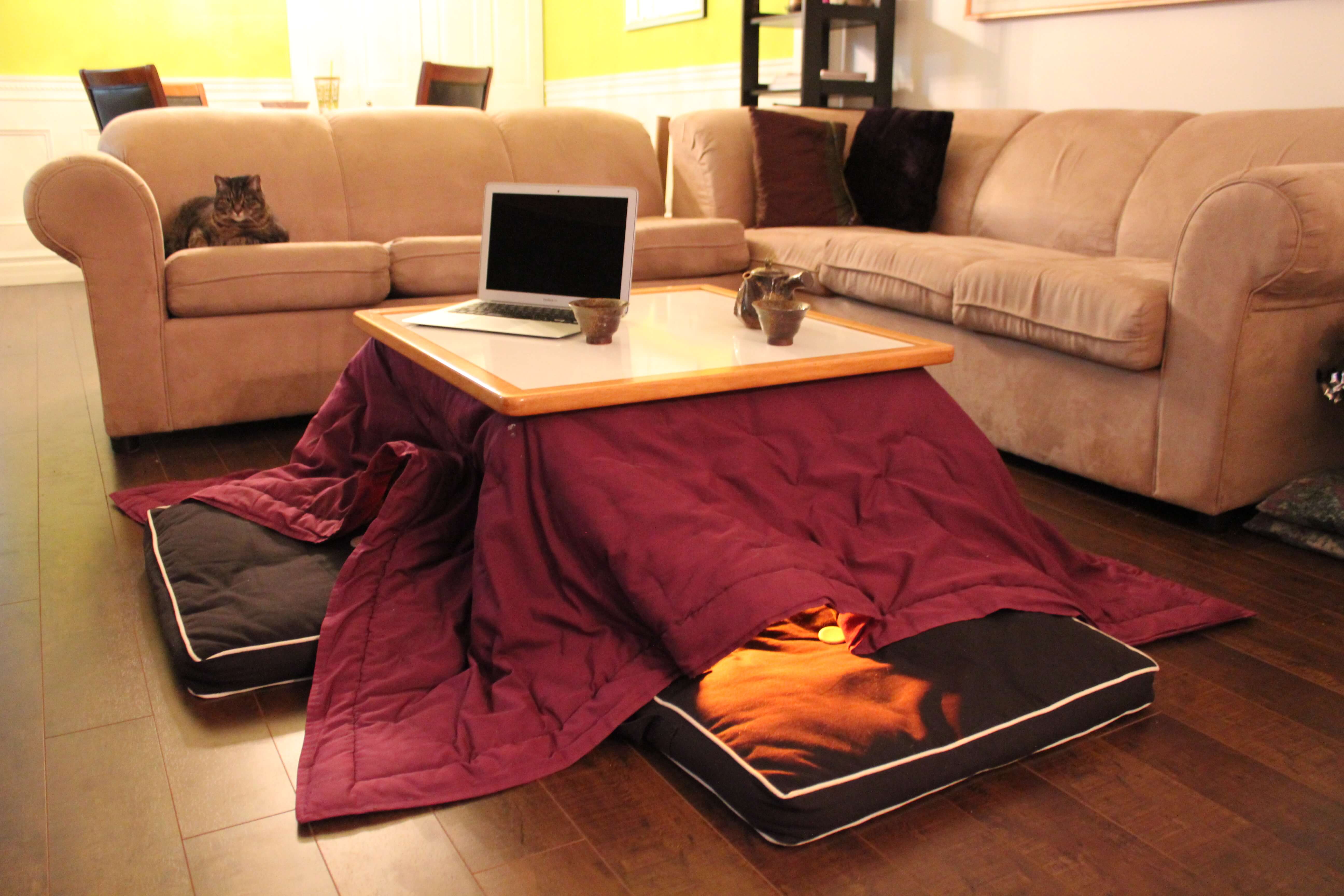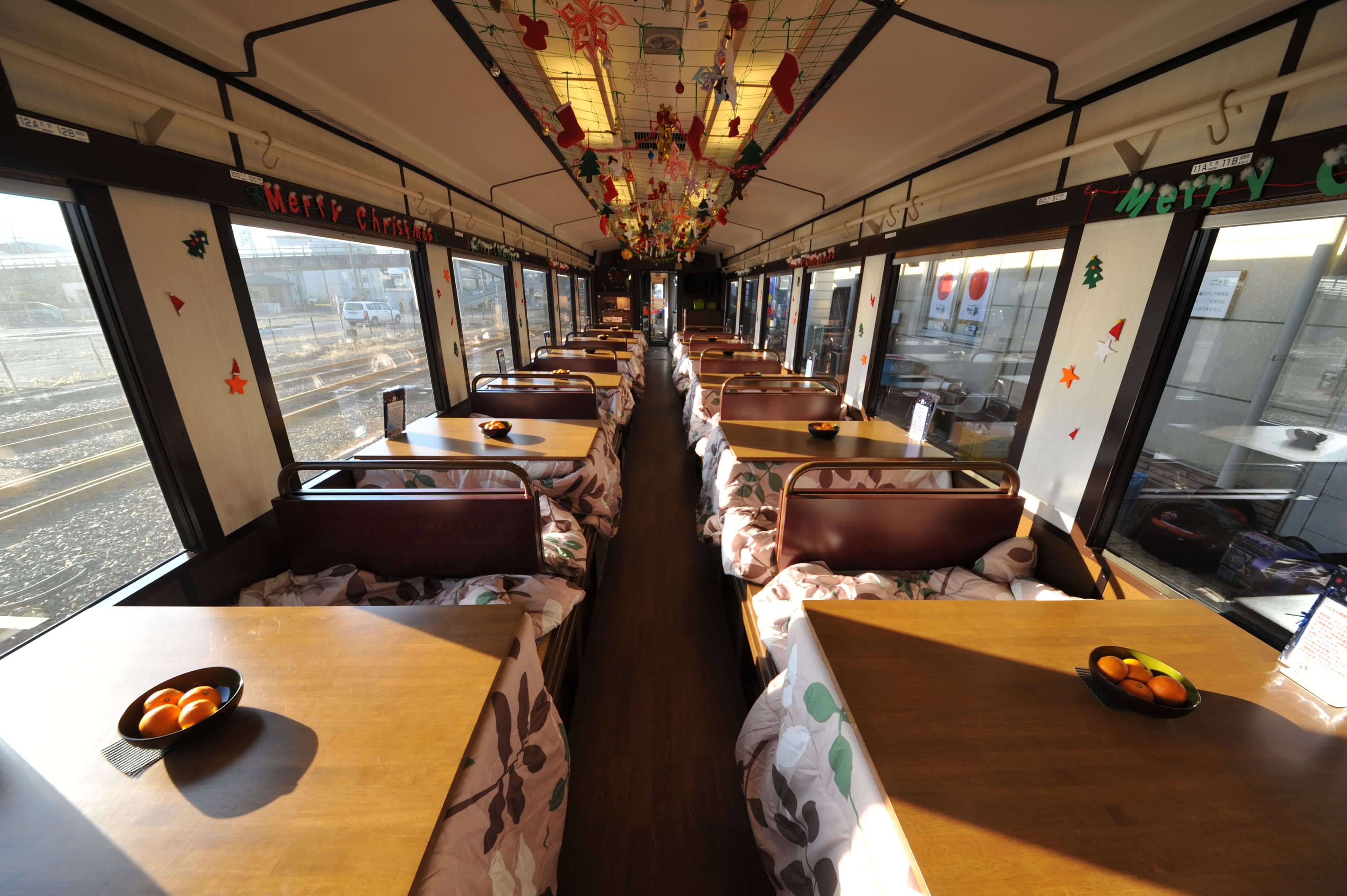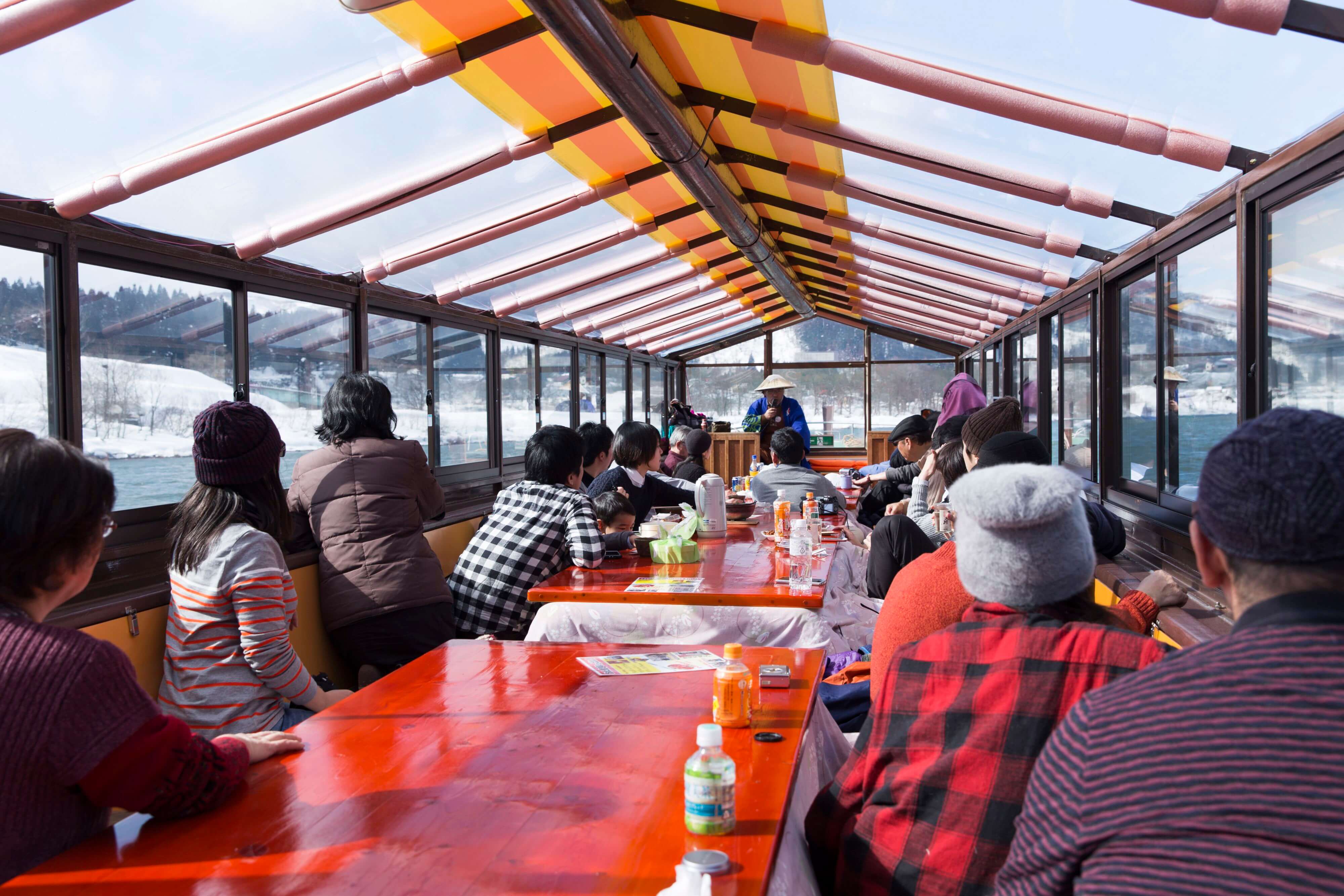Kotatsu, an Indispensable Item for Winter in Japan
This table covered with a blanket that conceals an electric radiator lies at the heart of domestic life during the cold winter months.

©prelude2000
Typically Japanese, the kotatsu is the best barrier against the cold. Friends and families sit around it to eat, chat, read and rest, all while keeping their legs warm. For centuries, the kotatsu was the only source of heat in many Japanese homes. The first mention of its existence dates back to the 15th century, when a coal heater was dug into the centre of the living room. With the arrival of electricity in the 20th century, coal was replaced by a system of electric heaters placed directly underneath the table.
A revival after 2011
While kotatsus were most popular in the late 1970s, their production then declined due to a move towards underfloor heating systems and air conditioning systems for modern Japanese homes. However, kotatsus provide considerable energy savings. The blanket positioned on top of the table allows the heat to be contained within a defined space. The kokatsu’s electricity consumption is therefore less than half that of a heater that warms an entire room.
Since the March 2011 earthquake, the issue of energy consumption has re-emerged and kokatsu sales have increased once more. While it might be popular due to its economic advantage, it is also above all an object that encourages conviviality, and a cosy space for people to curl up with a warm cup of tea.

©Marieve 瑞香 Inoue

©JNTO

©JNTO
TRENDING
-
The Tattoos that Marked the Criminals of the Edo Period
Traditional tattoos were strong signifiers; murderers had head tattoos, while theft might result in an arm tattoo.

-
Paris, Tokyo: Robert Compagnon
With his co-chef and talented wife, Jessica Yang, Robert Compagnon opened one of the top new restaurants in Paris: Le Rigmarole.
 3:31
3:31 -
Chiharu Shiota, Red Threads of the Soul
Last year, more than 660,000 people visited the retrospective 'Chiharu Shiota: The Soul Trembles' exhibit at the Mori Art Museum.

-
‘Before Doubting Others, Doubt Yourself. Who Can Truly Say a Dish Isn’t What It Used to Be?’
In ‘A Non-Conformist’s Guide to Surviving Society’, author Satoshi Ogawa shares his strategies for navigating everyday life.

-
The Story of Sada Yacco, the Geisha who Bewitched Europe
Described by Dazed magazine as the first beauty influencer, she has been restored to her former glory since 2019.





